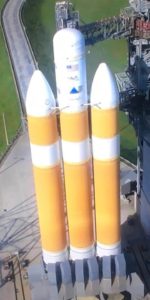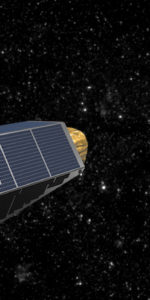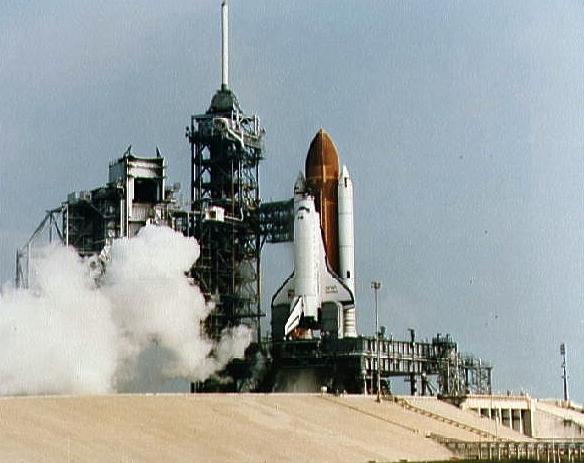
More than 30 summers ago, America’s shuttle program should have entered its prime. Touted for over a decade as capable of flying regularly and routinely, the early summer of 1984 was envisaged to see as many as three missions by Discovery and Challenger—two laden with scientific and technological payloads, the third a classified voyage on behalf of the Department of Defense—as the reusable fleet of orbiters transitioned from test-flights to full operations. In three years of shuttle operations, the ships had demonstrated their abilities to serve as scientific research platforms, satellite launching pads and could retrieve and repair damaged spacecraft. The future seemed bright.
That is, until the morning of 26 June 1984.
As outlined in a previous AmericaSpace history article, Discovery’s maiden mission, designated “41D”, was ready to fly. Laden with the U.S. Navy’s Syncom 4-1 communications satellite, a large-format imaging camera and the extendible OAST-1 solar array mast, provided by NASA’s Office of Aeronautics and Space Technology, the flight would run for seven days. Commanded by veteran astronaut Hank Hartsfield, the crew also included Mike Coats, Mike Mullane, Steve Hawley, Judy Resnik and the first industry representative ever to fly aboard the shuttle, McDonnell Douglas engineer Charlie Walker. Yet their mission had shifted and contorted many times since their assignment in early 1983. Originally, they were designated “STS-12” and tasked with launching the third Tracking and Data Relay Satellite (TDRS-C)—part of a network of geostationary-orbiting sentinels to provide near-continuous voice and data coverage between shuttle astronauts and ground stations—but an Inertial Upper Stage (IUS) booster malfunction during the TDRS-A flight in April 1983 obliged NASA to place all future TDRS missions on hold. TDRS-B, planned for STS-8 in August 1983, and TDRS-C on Hartsfield’s flight, were deleted from the shuttle manifest.
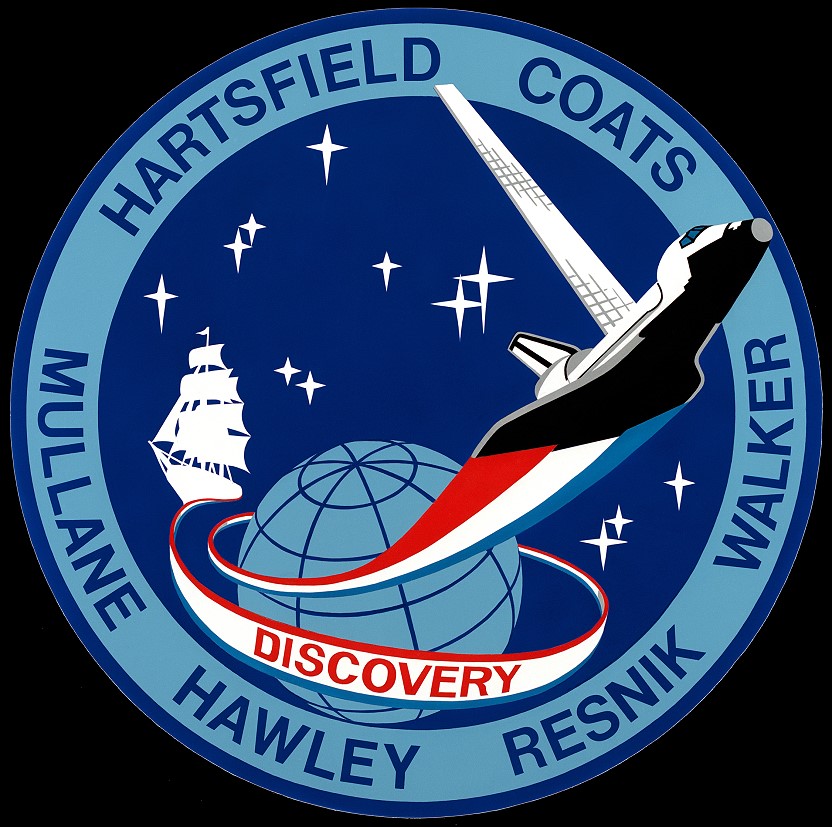
Yet there were many other payloads to fill the void. By early 1984, Hartsfield’s mission gained Syncom 4-1, the large-format camera, OAST-1 and a Canadian communications satellite, known as Anik-C1. However, the Canadian satellite disappeared quickly from the payload roster and was reassigned to another flight. On 22 June, three days before their scheduled launch, the 41D crew arrived at the Kennedy Space Center (KSC) for Discovery’s maiden launch. A computer glitch on the 25th enforced a 24-hour delay, but worse was to come. On the morning of the 26th, the countdown clock ticked down to T-6.6 seconds and the shuttle’s cluster of three main engines roared to life…and abruptly shut down. A Redundant Set Launch Sequencer (RSLS) abort—the first of the shuttle era—was declared and the exhausted crew was extracted from the cockpit.
The cause was later traced to a problem with one of the main engines, all three of which were commanded to shut down by Discovery’s on-board computers. The immediate consequence was that 41D would not fly for many weeks, as the vehicle required rollback to the Vehicle Assembly Building (VAB), destacking from its boosters and fuel tank and the return of the shuttle to the Orbiter Processing Facility (OPF) for the engines to be replaced. That placed the next realistic opportunity for launch in late August 1984…and that spelled bad news for NASA’s busy summertime mission manifest.
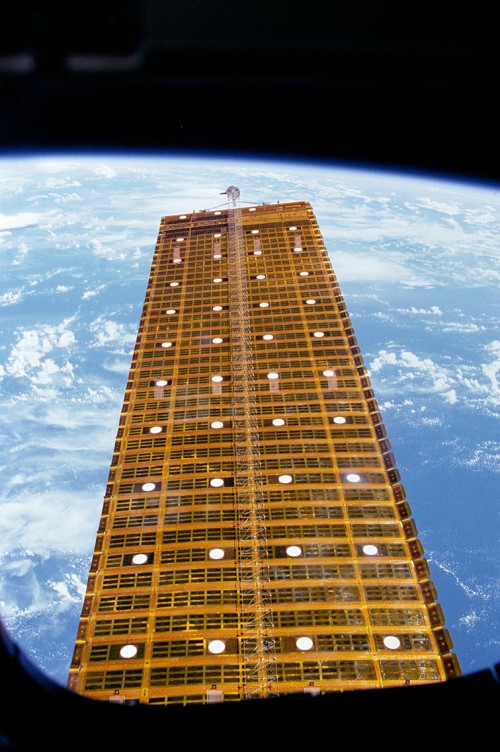
Assuming that 41D had launched on time, and Hartsfield’s crew had returned safely from their seven-day flight, three more shuttle missions were targeted for July and August. First was 41E, the first classified assignment for the Department of Defense. Astronauts Ken Mattingly, Loren Shriver, Ellison Onizuka and Jim Buchli, together with U.S. Air Force Manned Spaceflight Engineer (MSE) Jeffrey Detroye, had been assigned to this mission—originally designated “STS-10”—in October 1982, with a scheduled launch date in the fall of the following year. However, their payload also required the Boeing-built IUS booster, which was expected to be out of service for at least another year.
By this stage, Mattingly’s mission had been redesignated “41E”, but met with additional delay. In May 1984, the mission had disappeared from the shuttle manifest and was renumbered “51C” and rescheduled for the following December. “That is when we started to learn that the numerical sequence of the numbers of the missions didn’t mean a lot,” recalled Loren Shriver in a NASA oral history. Similarly afflicted were Karol “Bo” Bobko’s 41F crew, which included astronauts Don Williams, Rhea Seddon, Dave Griggs and Jeff Hoffman. Announced in September 1983, their final payload before the 41D pad abort would have seen a record-setting four deployments: Syncom 4-2 for the Navy and the SBS-4 and Telstar-3C communications satellites, plus the retrievable Spartan solar physics platform.
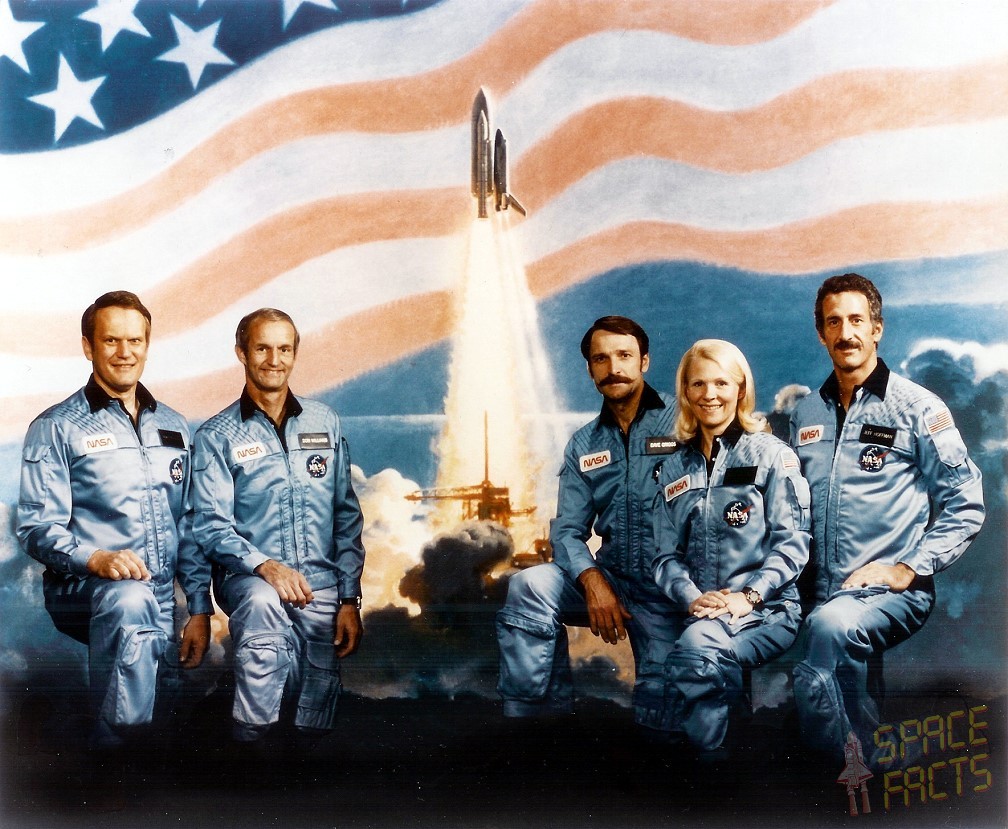
With 41D off the table until the end of August, NASA was faced with several uncomfortable decisions about the remainder of 1984. “Payloads were stacking up,” wrote Mike Mullane in his memoir, Riding Rockets. “Every day a communications satellite wasn’t in space meant the loss of millions of dollars of revenue to its operators.” Emphasis, therefore, was placed on combining the payloads of two missions into one and deleting the other entirely from the manifest, thereby affording minimum distortion to the launch schedule and ensuring continued NASA commitment to its customers.
This proved bad news for Bobko’s 41F crew, who had been aiming for a 9 August launch. Their entire payload—with the exception of the Spartan—was reassigned to Hartsfield’s 41D mission. Laden with three large communications satellites and the OAST-1 solar array, Discovery would tip the scales on 41D with the heaviest payload ever orbited by a shuttle crew, totaling 41,180 pounds (18,680 kg). Finally, the hiatus in flights came to an end on 30 August 1984, when Hartsfield’s crew finally flew safely.
As for the other two flights, the ill-fated 41E classified mission and Bobko’s 41F, eventually received new designations. Mattingly’s crew launched in January 1985 and flew the shortest operational shuttle mission, lasting only three days, whilst Bobko’s crew trained a further six months, before their mission was canceled again in March 1985. This time, however, a glimmer of good fortune was on their side and, reassigned a third time, they flew Discovery on Mission 51D in April. The summer of 1984, as dramatic as it had been, provided a sobering reminder that the shuttle program could never be truly routine.
FOLLOW AmericaSpace on Facebook and Twitter!
.




